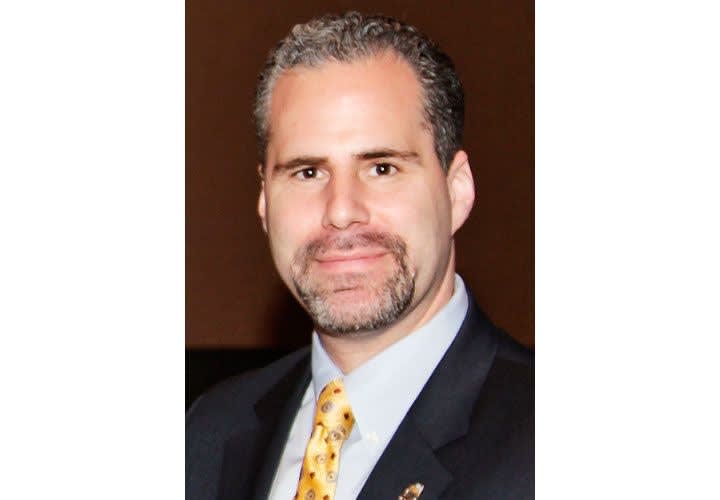The radar device in question, the Range-R from L-3 CyTerra, is not a nefarious gadget employed by officers to spy on people. To the contrary, it is a device that allows law enforcement to detect the movements and locations of people inside a building before entering that building during a legal operation.
According to the manufacturer's Website, the "Range-R is a highly sensitive handheld radar system designed to detect and measure the distance to moving and near-stationary personnel through walls constructed of common building materials." The device's purpose is to provide "first responders with critical information that may make the difference between life and death."
Officers are using the Range-R prior to a lawful entry to maximize officer safety. As established in Payton v. New York, law enforcement officers enforcing an arrest warrant may enter a suspect's dwelling if they have reason to believe the suspect is there.
So we are talking about officers using the Range-R to gather critical intelligence before making legal entry, not using it to spy on people. In fact, this device not only reduces risk to officers entering a building, it also reduces the risk of harm to those inside, including the suspects. With the Range-R, officers can effectively cover vital threat areas and reduce the likelihood of the use of deadly force. Unfortunately, critics are quick to dismiss this.
By using the Range-R before entry, law enforcement officers can reduce their risk of being ambushed. The priority is officer safety, not fabricated justifications to conduct searches. According to the National Law Enforcement Officers Memorial Fund's 2014 fatality report, "Ambushes were the leading circumstance of officer fatalities in firearms-related deaths. Of the 50 firearms-related fatalities in 2014, 15 officers were shot and killed in ambush attacks, more than any other circumstance of fatal shootings in 2014." The rise in officer ambush fatalities needs to be addressed, not ignored by those who dismiss officer safety issues. And the intelligence provided by the Range-R can prevent such ambushes. Rather than impede its use, this critical officer safety tool should be made available to all law enforcement agencies.












